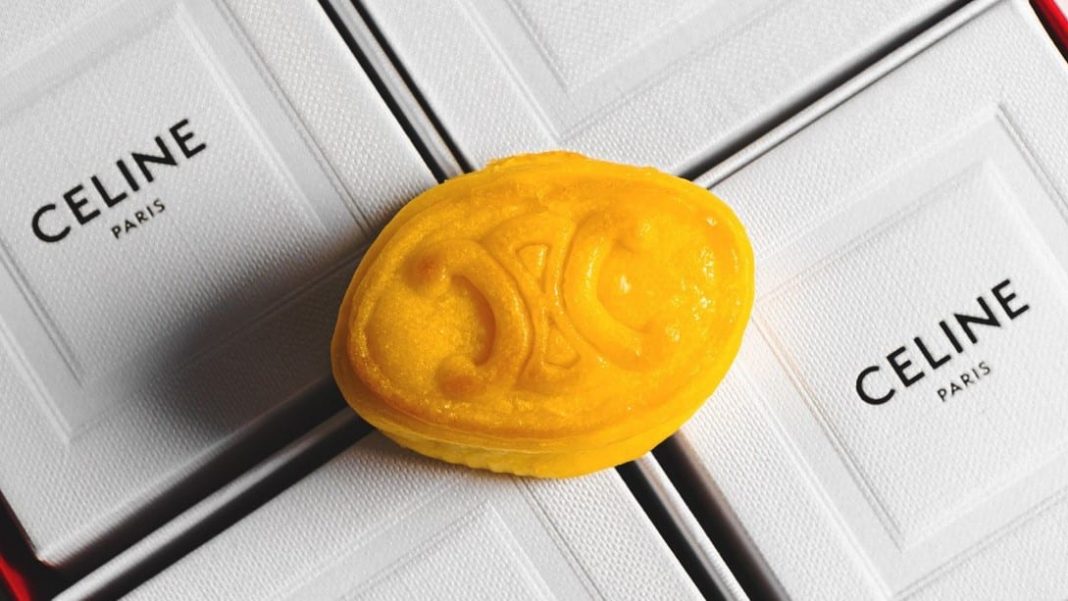Manila, Sept. 9 — In ancient times, the mooncake was a simple offering to the moon every Mid-Autumn Festival, the most important Chinese holiday next only to the Chinese New Year. The occasion, usually held on the 15th day of the eighth lunar month, dates back 3,000 years. It has since been celebrated by various Asian countries, including Japan, Singapore, Malaysia, South Korea, and the Philippines, to name a few.
Important as it was during the Middle Kingdom when mooncakes were gifted by the imperial court to visiting scholars in celebration of the Mid-Autumn Festival, the rich pastry has become even more central to the annual affair over the years, so much so that the Mid-Autumn Festival is now also commonly referred to as the Mooncake Festival.
In Chinese culture, the circle represents togetherness and completeness while the full moon symbolizes reunion and prosperity for the entire family. The typical round mooncake not only complements the harvest moon in the night sky, it is also a profound and traditional fare eaten together with or gifted to friends and relatives to express love and best wishes.
Traditionally, the Mid-Autumn Festival staple has a thin skin covering a mildly sweet and dense lotus seed paste filling, often with a salted egg yolk center. But with the times, the Chinese delicacy has evolved. The mooncake industry has seen a commercial boom with unique variations hitting the market, from real gold-encrusted to low-fat, jelly to yogurt, even ones with fillings of truffle, cream, and foie gras.
Upscale pastry stores, food chains, and hotels have created their own branded variety. Even luxury brands in fashion, watches, and other labels have been dishing out the most extravagant mooncakes. Fashion houses like Saint Laurent, Gucci, and Celine have embedded their logos on the snack, replacing what is normally Chinese characters for luck and other wishful sentiments (like harmony or longevity) embossed on top of the treat.
This year, Gucci, with Italian fashion designer Alessandro Michele at its helm, has packaged the confection in a velvety box. Loewe, meanwhile, has this Anagram chocolate mooncake that comes in a wooden case with matching tea cups. Louis Vuitton released a painting kit, while Burberry paired its TB-branded mooncake with silverware. The list goes on.
Interestingly, the widespread practice of making and consuming mooncakes for the Mid-Autumn Festival sparked an aristocratic pleasure before being embraced by the masses between the Tang and Ming dynasties.
Luxury mooncakes, however, are controversial in China right now with President Xi Jinping’s war on societal excess. Commerce authorities have been deployed on a crackdown against sky-high mooncake prices and excessive packaging. If one recalls, the mooncake crackdown has occurred twice before, in 2013 and 2014, alongside campaigns discouraging expensive wedding celebrations and other “vulgar practices that reflect rampant money worship.”
Clarisa Wei, Taipei-based journalist and author of the upcoming cookbook Made in Taiwan, explains that mooncakes have turned into a status symbol. “Over the years, the packaging has become more and more elaborate and is, in many ways, just as important as the pastries themselves, if not more,” she says.
The demand for increasingly elaborated packaging also drives production costs. The form has come to outweigh function, at least in the case of the mooncake boxes that not a lot of people end up reusing.
On the other hand, one can argue that the process of picking among the elaborately decorated mooncake containers has become part of the festivity’s fun. As long as we keep true to tradition and prioritize the essence of the Mid-Autumn Festival, a beautiful box or two wouldn’t hurt.
For any query with respect to this article or any other content requirement, please contact Editor at [email protected] Bulletin
Read More Stories:
The Malaysian youths on a mission for social cohesion

